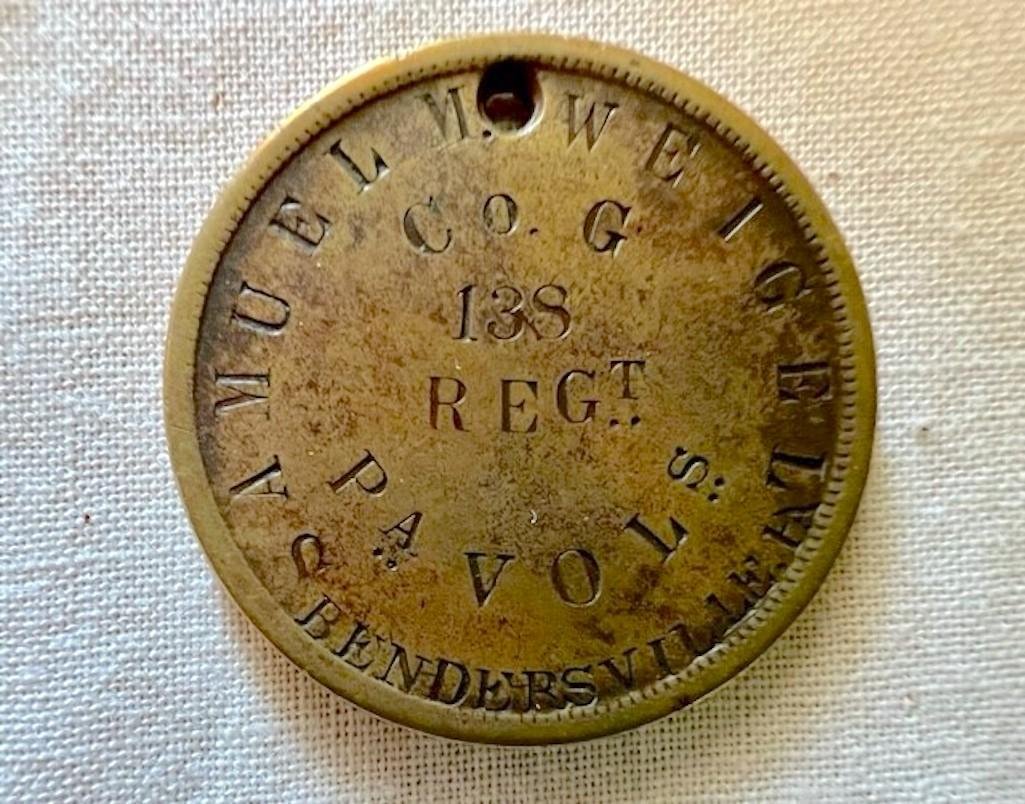By Kurt Repanshek - January 12th, 2022
National Parks Traveller
A digital data center being considered for more than 2,000 acres next to Manassas National Battlefield Park in Virginia has been called the "greatest threat" in recent history to the battlefield and drawn opposition from filmmaker Ken Burns, who has urged Prince William County officials to oppose the project.
The "PW Digital Gateway" proposal requires the county to switch the zoning of the desired location from agricultural or estate and environmental resource to technology.
In a letter (attached below) sent January 5 to Ann Wheeler, chair of the county supervisors, Burns wrote that the battlefield park's superintendent, in a letter to Wheeler, had said the project is the "single greatest threat to Manassas National Battlefield Park in nearly three decades."
"The warning of the superintendent should not be taken lightly," wrote Burns, one of the country's preeminent documentary filmmakers whose credits include The National Parks: America's Best Idea. "As a student and chronicler of American history for more than 40 years, I can attest to how fragile our precious heritage is and how susceptible it can be to the ravages of 'progress.'
"I learned while making my documentary series The Civil War in the late 1980s—and again when I made my 2009 series on the history of the national parks—how crucial the preservation of our historic landscapes is, and I fear the devastating impact the development of up to 2,133 acres of data centers will have on this hallowed ground," he added.
Brandon Bies, the park's superintendent, wrote a lengthy letter to the county planner in December in which he pointed out that "a 10-acre portion of the application area falls within what the United States Congress has designated as part of Manassas National Battlefield Park -- lands which can and should be part of a National Park. In addition, not all areas where soldiers fought and died are within the park boundary. Over 100 acres of land under consideration have been designated by the congressionally authorized American Battlefield Protection Program as part of the battlefield 'core area.'"
"These are lands where battle action took place and are typically thought to be 'hallowed ground,'" continued Bies. "Changing the planned land use of these areas would inhibit the mission of the Park to preserve and honor the sacrifices of the 4,000 Americans who died at Manassas."
The First Battle of Bull Run (First Manassas) was fought near Manassas, Virginia, on July 21, 1861. The Second Battle of Bull Run (Second Manassas) was fought over nearly the same ground during August 28-30, 1862.
Back in 2008, Professor Emeritus Robert Janiskee wrote in the Traveler that concerns were growing over threats development posed to the battlefield.
The two battles commemorated at the 5,100-acre park, both Confederate victories, were fought less than 30 miles southwest of our nation’s capital in an area of northern Virginia that has experienced tremendous economic growth over the past few decades. Fast-growing Prince William and Fairfax counties are now so heavily developed that green space and large trees have become comparatively scarce in many areas. Locals fear that few mature trees will be left unless development is checked and strict tree protection ordinances are enforced. Another concern at Manassas and other Civil War battlefield parks is encroaching development that obscures historic sightlines. ... Some battlefield parks, such as Fredericksburg and & Spotsylvania National Military Park, are almost completely surrounded by development and exist as historic islands in a modern milieu. In such cases, historic sightlines extend only as far as the park boundary.
In reviewing the current proposal, Justin Patton, the Prince William County archaeologist, wrote that the project would "have a high potential to adversely affect cultural resources in the following forms: indirect effects such as Audio, and Visual; and direct effects in the destruction of the resource. Transportation improvements necessary to implement land use and zoning changes, will likely have an indirect and direct effects on our history as well."
Patton also noted that land within the proposal could hold significant archaeological artifacts from the Civil War:
The staff historian at the Manassas National Battlefield Park provided information on Civil War activity that occurred on or that may have occurred in the South Sector. That portion west of Pageland Land, Pageland farm, may contain Confederate encampments that were occupied during August and September 1861 and associated burials from soldier deaths in camp. There may also be soldier burials and camps as a result from the adjacent field hospital that was in use during and after the Second Battle of Manassas. Confederate artillery batteries were likely located in the area of the railroad bed, based on reports from relic hunters who found unexploded ordinance and dropped bullets. That portion east of Pageland Lane has potential for unmarked military graves and unexploded ordinance from a heated exchange of artillery fire on the morning of August 29, 1862.
The archaeologist also recommended that the proposed zoning redesignation be rejected for areas that the American Battlefield Protection Program identified as part of the battlefield 'core area.'"
A public meeting on the project is set for January 27 at the Beacon Hall Conference Center on the George Mason University SciTech Campus in Manassas.













